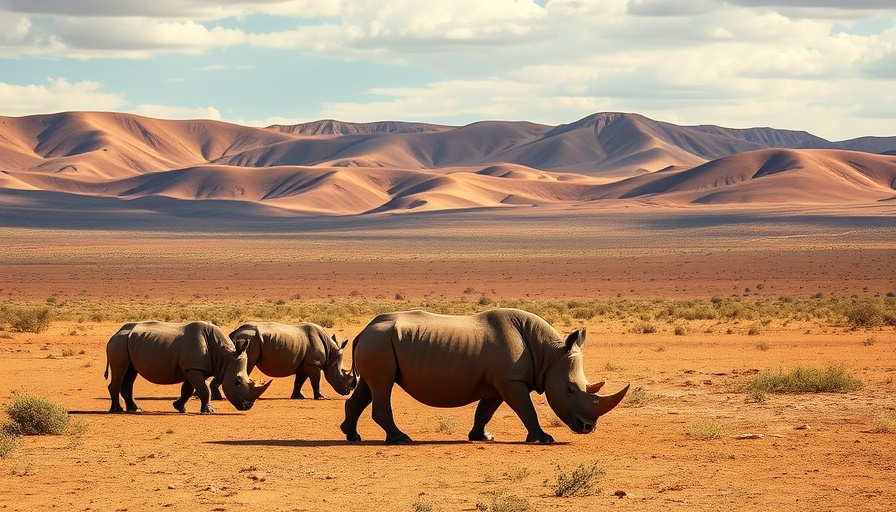
Understanding Flight Booking Timings: Why It Matters
When it comes to air travel, timing can be everything. Knowing how far in advance you can book a flight isn't just about saving money; it's also about ensuring that you secure the best options available. Flights can fill up quickly, and prices can fluctuate dramatically. Planning early may seem overwhelming, but there are significant benefits to getting a jump on your travel arrangements.
The Best Times to Book Flights
Generally, travelers are advised to book flights between three weeks to three months ahead of their intended departure date. This window allows you to take advantage of competitive pricing while also ensuring that you have more options when it comes to flights. However, this guideline can vary significantly based on the destination and time of year. For instance, flights to popular vacation spots during peak season tend to sell out quickly.
Seasonal Variability: Knowing When to Plan
Different seasons bring different challenges. For instance, summer and winter holiday periods often experience higher demand. During these times, airlines may begin to adjust their fares as early as six months in advance. Booking during these peak times can sometimes mean planning even further ahead to lock in better fares.
Flexible Dates can Save You Money
If you have flexible travel dates, you may find it easier to take advantage of lower fares. Airlines often adjust their flight availability based on demand, meaning that seats may be cheaper on certain days compared to others. Tools such as fare calendars offer great resources for travelers who are flexible, allowing them to spot price dips easily.
Last-Minute Deals: The Gamble of Waiting
While planning ahead is generally safer, some travelers may opt to wait for last-minute flight deals. Airlines will often lower prices to fill empty seats as the departure date approaches. However, this is risky for popular routes, as seats are likely to sell out quickly. Therefore, this approach might be better suited for spontaneous travelers or those with a backup plan.
Local Considerations: Regional and International Flights
The rules vary for different types of flights, whether domestic or international. Regional flights may have different booking windows compared to flights that cross international borders. Moreover, some airlines may even have their unique policies regarding how far in advance they will allow bookings, so it pays to be informed about the specifics of your preferred airlines.
Making Use of Alerts and Tools
In today’s digital age, tools such as price alerts can be a game changer. Websites and apps that track flight prices can notify you of significant changes. By being proactive with alerts, you increase your chances of catching a flight at a lower rate before it takes off.
Conclusion: Booking Ahead is Key
Ultimately, understanding how far in advance you can book a flight helps ensure a smooth travel experience. Whether you're planning a family vacation or a last-minute business trip, equipping yourself with this knowledge prepares you for the best strategy to save money and secure your spot aboard your next flight. Travelers should always balance their desire for savings with the risk of waiting too long to book. Take the time to research and strategically plan to optimize your travel options.
 Add Row
Add Row  Add
Add 



Write A Comment